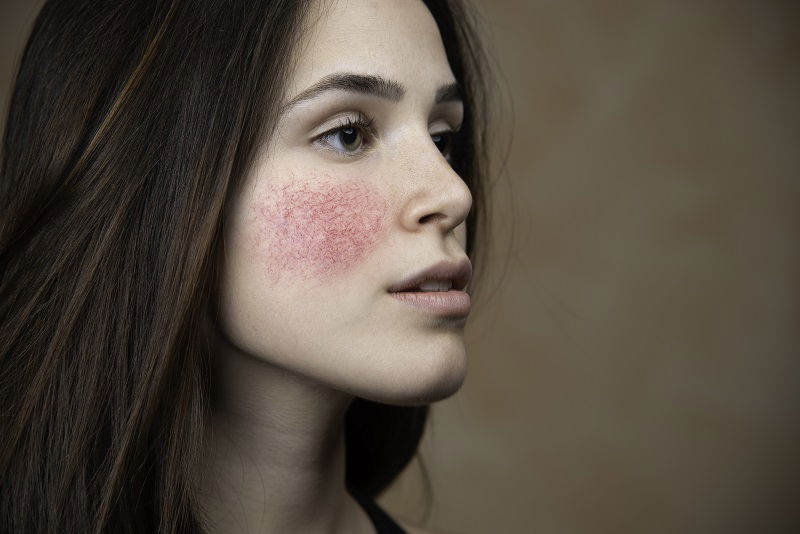Have you ever used a beauty product with the intent of looking great, and instead ended up with red, irritated skin that did not complement the look you were aiming for? Although beauty products are designed to help us look good, they can cause skin reactions that are annoying and possibly even painful. Here’s why skin reactions to beauty products are so common and what you can do to avoid them.
Why are skin reactions to beauty products so common?
The short answer is that ingredients in beauty products can irritate your skin. Beauty products have been manufactured for hundreds of years now, and over time, more and more ingredients have been added. Your skin may react to one or more of these ingredients. While many synthetic ingredients are to blame, some natural ingredients, like essential oils, may also cause skin reactions.
There are two main types of skin reactions:
- Irritant contact dermatitis — This type of skin reaction does not involve an immune response. It is a temporary skin irritation, and it typically develops as your skin adjusts to a certain ingredient or product. Symptoms of irritant contact dermatitis include itchiness, redness, or a burning or stinging sensation in the area of skin that was exposed to the product.
- Allergic contact dermatitis — This type of skin reaction occurs when your body overreacts to an otherwise harmless substance and activates the immune system. Common symptoms of allergic contact dermatitis include redness, itchiness, hives, or swelling. While these symptoms can appear on any part of the body, they are most commonly seen on the face, ears, lips, neck, or whatever area was exposed to the product.
It can be difficult to tell the two types of skin reactions apart, and you may even experience both at the same time. If you are uncertain what type of skin reaction you are experiencing, it is best to consult a doctor.
How can you avoid skin reactions to beauty products?
There are a few simple steps you can take to avoid skin reactions when you use beauty products.
- Do a skin patch test first. When using a new beauty product, apply it to a small area of skin on the inside of your elbow first. Then wait 48-72 hours and check for any symptoms of a skin reaction. If no redness, itchiness, burning, or swelling appear on that spot, you can continue using the product.
- Read product ingredient labels. Look for products with the least number of ingredients, as this makes it less likely that you will experience a skin reaction.
- Apply fragrances the smart way. Make it a habit to apply fragrances to your clothing, not to your skin. This decreases the likelihood that you will have a skin reaction. It also prevents the fragrance from having a bad reaction or interaction with other products.
- Stick to your own experience. Labels like “hypoallergenic,” “dermatologist tested,” “sensitivity tested,” or “non-irritating” are not guarantees. You can still have a reaction to these products. If you do have a bad reaction, stop using them.
- Stop use immediately. If you experience a skin reaction from any type of beauty product, stop using it immediately. You may need to use an over-the-counter hydrocortisone cream to ease inflammation. In more serious cases, a prescription may be required.
What ingredients typically cause skin reactions?
Although everyone’s skin is different, there are a few ingredients that are more likely to cause a bad skin reaction. These include:
- Preservatives like methylisothiazolinone (high-hazard allergen) and parabens
- Synthetic fragrances (look for unscented or fragrance-free products instead)
- Phthalates
- Sulfates like sodium lauryl sulfate (SLS) and sodium laureth sulfate (SLES)
When possible, choose products that do not contain these ingredients. Again, the safest bet is usually the product with the fewest ingredients.
If you would like to learn more about skin reactions to beauty products and how you can avoid them, we welcome you to contact us today at West River ENT and Allergy.




